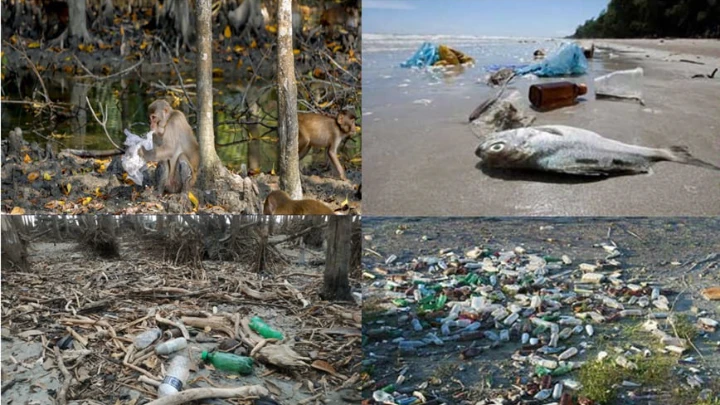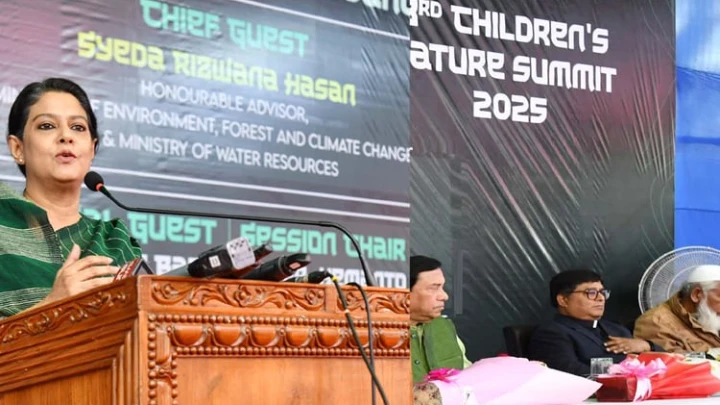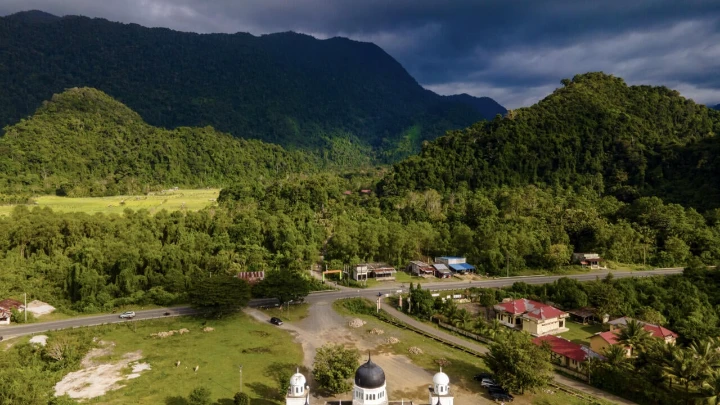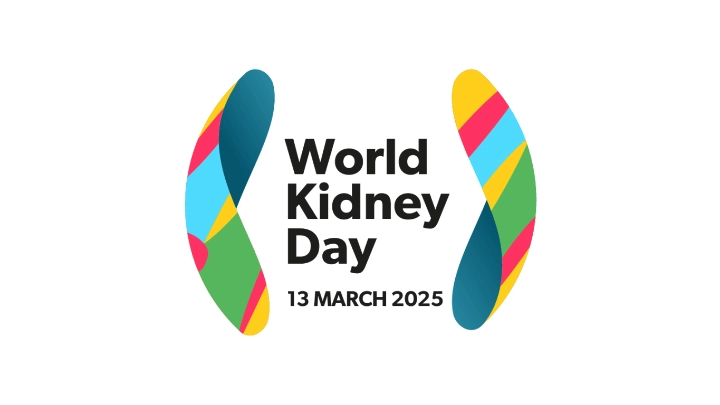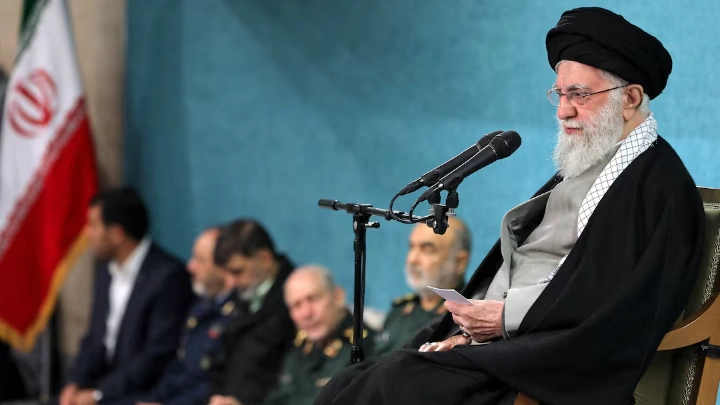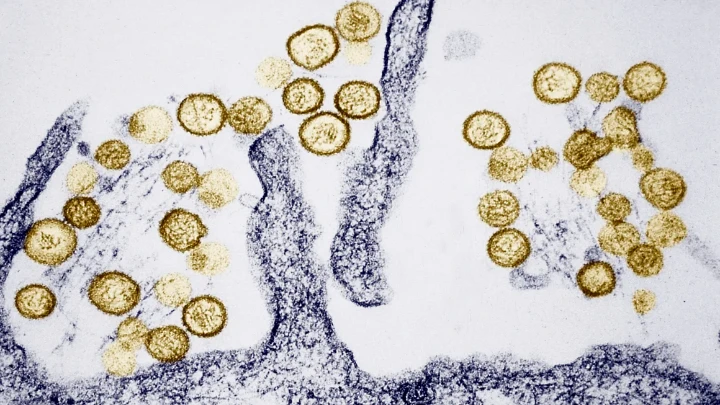Urban climate resilience initiative changing lives of millions
DhakaTribune || Shining BD
Most of the residents of Dokkhin Mohra or Kalurghat Fisherman's Village (Jelepara) in Chittagong City are fishermen by profession. However, some of the younger generation are changing professions because they are not catching enough fish in the Karnaphuli River due to pollution and the adverse effects of climate change.
Almost every year during the rainy season, their tiny village, which accommodates around 1,500 residents of Jelepara, used to be flooded by the tide of the Karnaphuli. Since last year, their village has not faced flooding thanks to a boundary wall that protects the entire village, and the residents are happy with these changes.
The villagers built this boundary wall and a concrete road close to it with their labour, in association with the National Urban Poverty Reduction Programme (NUPRP), also known as the Livelihoods Improvement of Urban Poor Communities Project (LIUPCP).
NUPRP or LIUPCP is an effort to reduce urban poverty. The LIUPCP is working for pro-poor, climate-smart urban development and primarily aims to improve the quality of life for urban poor people suffering due to climate change.
Various activities, including road construction, dam construction, drain construction, toilet construction, street light installation, tree planting, house construction, providing nutrition, sewing training, and educational support, have been undertaken under the project for the poor people of urban areas who have been displaced by the adverse effects of climate change from villages to some slums in metropolitan areas and cities.
Started in 2018, the project has reached around four million urban poor in its 19 program cities and towns and has demonstrated several good practices in community empowerment, affordable housing, adaptive livelihoods, improved socioeconomic conditions, climate-resilient infrastructures, and pro-poor planning and municipal governance.

Under this project, 8,691 people in Chittagong have received help in beginning their small businesses. Additionally, 6,971 people have been given educational assistance, and 4,724 pregnant women and mothers have been helped with nutritional development. Furthermore, 767 toilets have been constructed as part of the infrastructural development, along with 13 kilometres of footpaths, 71 deep tube wells, nearly four kilometers of drains, and 3.7 kilometres of slabs installed on the drains.
This project includes Community Development Committees, popularly known as CDCs, in every village where the project operates.
Mohra Village CDC team leader Shilpi Dash said: “Under the project, we have been able to improve the quality of life for poor people like us, as well as infrastructural development. Child marriage has been prevented. Some have also been given money to build houses. Mothers in our village are getting nutritious food. We are doing all this work through our own committee operated by us.”
This correspondent also visited the Samity Para Community Development Committee (CDC) in Cox’s Bazar district, located along the coast, where 1,050 inhabitants live in 260 households.
Most of the residents of Samity Para are climate-displaced from other locations within Bangladesh. It is the most vulnerable area of the Cox’s Bazar municipality in terms of exposure to natural hazards, including cyclones, tidal surges, and flooding.
The traditional area of employment revolves around the fishing trade. There are no government primary or secondary schools in the vicinity, so many younger community members continue to work in the same fishing trade.
There is a distinct shortage of basic infrastructure, including shelter, safe drinking water, and sanitation facilities. The community faces challenging socio-economic and livelihood conditions, resulting in a host of challenges.
To address these challenges, the LIUPCP project has implemented holistic interventions to improve the socio-economic status and health of the community and to develop small and medium-scale climate-resilient infrastructure to build the resilience of the community.

In Cox's Bazar, 250 people received business assistance, and 190 people received educational assistance to prevent child marriage. Additionally, 800 pregnant women and mothers received nutritional support. Apart from this, 29 families improved their situation through joint business initiatives with assistance from this project.
Speaking with this newspaper, one of the residents of Cox's Bazar Samity Para said: “This area used to get submerged in water during the monsoons. After the disastrous cyclone in 1991, homeless people came from Qutubdia and took shelter here. Gradually they settled here. But every monsoon, their misery was endless. Now the situation has improved significantly under the project initiated by UNDP.”
Additionally, the majority of CDC leaders at the community level are women, which is boosting women's empowerment at the grassroots level.
What are top officials saying?
The United Nations Development Programme (UNDP) and the UK’s Foreign, Commonwealth & Development Office (FCDO) jointly launched this five-year national program in partnership with the Local Government Division (LGD), Ministry of Local Government, Rural Development and Cooperatives (MLGRD&C), and the Government of Bangladesh.
Last week, a workshop was held in Dhaka to share and discuss good practices around pro-poor and climate-resilient urban development emerging from LIUPCP interventions in 19 cities and towns.
Around 130 participants, including mayors from city corporations and municipalities, development partners, government agencies, NGOs, INGOs, and bilateral and multilateral partners, attended the workshop.
Regarding this project, Sonali Dayaratne, deputy resident representative of UNDP Bangladesh, said: “The government has taken full ownership of our urban resilience programme. It has showcased how community women are tailoring solutions to the community’s needs in cities and towns.”
LGRD Minister Tazul Islam MP said: “By 2041, we want to become a developed country and this development journey will leave no one behind.”
Stefan Liller, resident representative of UNDP Bangladesh, remarked: “Our longstanding partnership with the Bangladesh Government and the UK spans nearly two decades, showcasing a robust model of urban poverty reduction and climate change adaptation. The programme continues to strengthen resilience at the community level, ensuring that our efforts are integrated into broader urban development strategies of local governments.”
Commenting on the learnings from LIUPC, Matt Cannell, deputy high commissioner and development director of the British High Commission, said: “I am glad to see the partnership between the Bangladesh government, the UK government, and UNDP improved the livelihoods and living conditions of 4 million poor urban people in Bangladesh.”
Muhammad Ibrahim, secretary of the LGRD Ministry, thanked the UK Government and UNDP for supporting the LIUPC and said: “We look forward to fostering this partnership in the coming years.”
Shining BD






